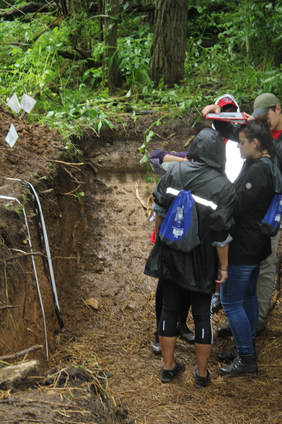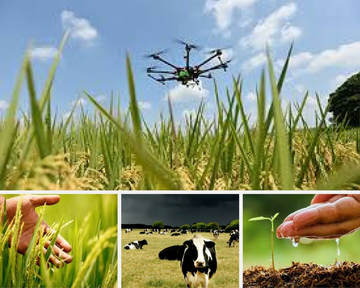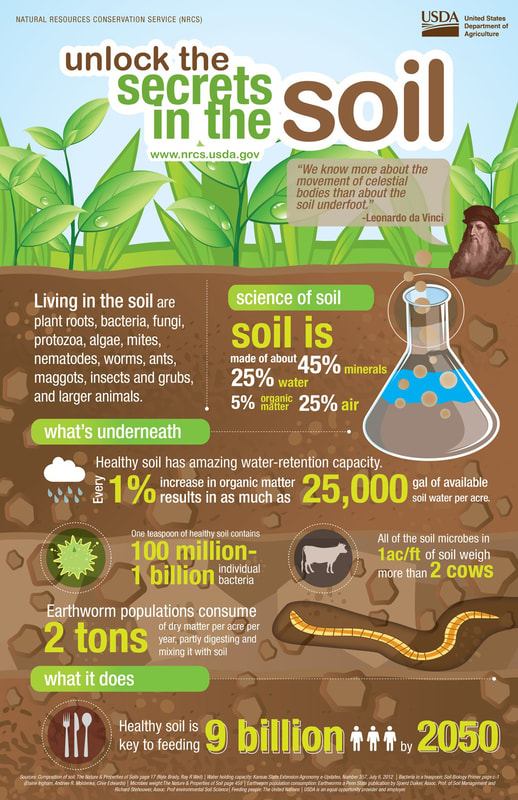Envirothons are competitive, academic, outdoor team events for high school students which tests their knowledge in: Aquatic Ecology, Current Environmental Issues (CEI), Forestry, Soils and Wildlife. Events are designed to stimulate and reinforce the students interest in our environment and our natural resources while encouraging cooperative decision making, team building and problem solving. Students who participate gain a greater awareness of natural resources and environmental issues, a better understanding of interrelationships between living and non-living components of the environment and an increased interest in further science study. Teams consist of five members from the same school and though each student contributes his or her personal best, the score that counts at the end of the day is the TEAM score. National Envirothon NCF 2019 Current Issue: Agriculture and the Environment: Knowledge & Technology to Feed the World Agriculture is the art and science of cultivating the soil, growing crops and raising livestock. ... Higher-technology farming involves crop rotation, which requires knowledge of farmable land. Agriculture and the Environment : Knowledge & Technology to Feed the World There are many articles that estimate the population of the Earth to be approximately 9 billion by the year 2050. One of the primary concerns for the agricultural industry is how will farmers be able to grow enough food to feed this growing population, while also protecting natural resources such as soil, water, air, wildlife, and forestry resources. High Schools have the opportunity to form Envirothon Teams for students that in addition can learn concepts of how agriculture and all natural resource areas are interrelated, and how the use of new technologies are key to increase food production. The 2019 Envirothon Current Environmental key topics will include:
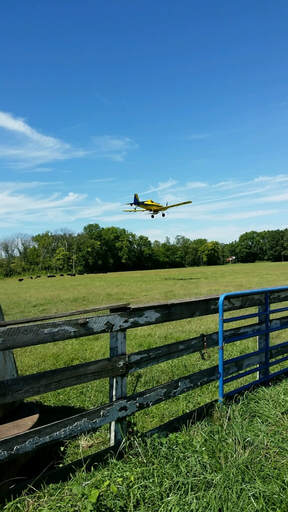 Warren County SWCD assists property owners with fly-on cover crops. Call or email our office today to find out more and DISCOVER THE COVER! https://www.warrenswcd.com/cover-crops.html Unlock the Secrets of Soil
0 Comments
Leave a Reply. |
Details
Author:
|
|
|
Contact:PHONE: (513) 695 - 1337
EMAIL: wcswcd@gmail.com HOURS: Monday - Friday 7:30am - 4:00pm (except holidays) Connect:Warren County Soil & Water Conservation District Copyright © 2016
Warren SWCD Privacy Notice. Emails are serviced by Constant Contact. Constant Contact's Privacy Notice. |
